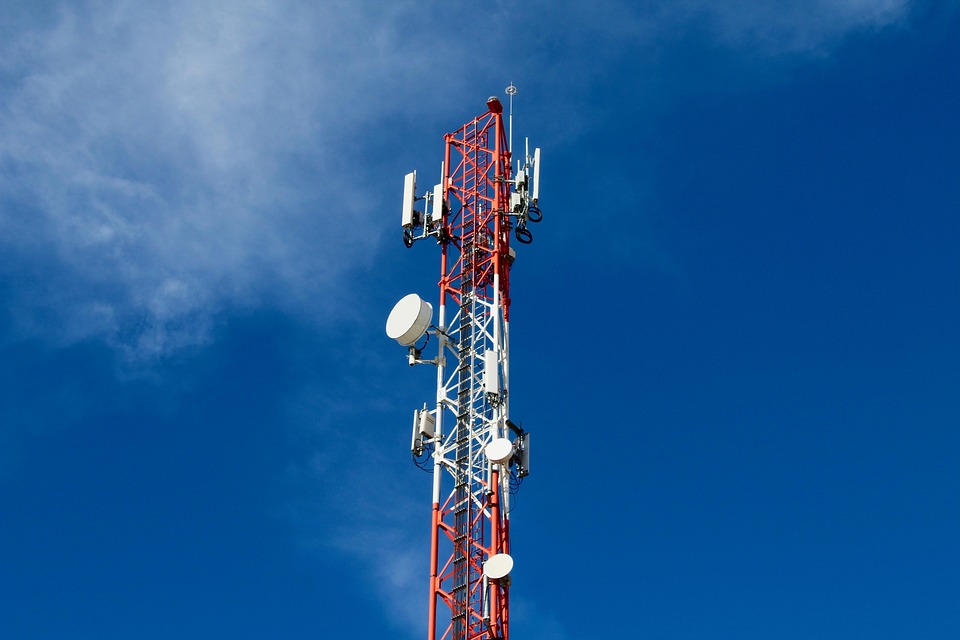In recent years, the gaming industry has evolved into a massive cultural phenomenon, bringing together millions of players from diverse backgrounds. However, with this growth has come a darker side—toxicity in online gaming communities. From harassment to hate speech, negative behaviors can overshadow the joy that gaming brings. Fortunately, many communities are actively working to combat toxicity and foster a more positive environment. This article delves into the strategies employed by gaming communities to transform negativity into positivity.
Understanding Toxicity in Gaming
Toxicity in gaming can manifest in various forms, including verbal abuse, trolling, cheating, and harassment. These behaviors not only impede the enjoyment of the game but can also lead to severe consequences for individuals who experience them, including anxiety, depression, and social withdrawal. Additionally, toxicity can perpetuate a cycle of exclusion, particularly affecting marginalized communities and deterring new players from joining.
The Role of Community Guidelines
One of the most effective tools in combating toxicity is the establishment of clear community guidelines. Many gaming platforms and developers have taken a proactive stance by outlining acceptable behaviors and setting strict consequences for violators. For instance, games like Overwatch and League of Legends have specific codes of conduct that outline what constitutes toxic behavior, empowering players to report issues and ensuring that violators face repercussions.
Case Study: Riot Games
Riot Games, the developer behind League of Legends, has implemented a robust reporting system coupled with a player behavior team dedicated to maintaining a positive environment. Through detailed feedback systems and player education initiatives, Riot has reported significant decreases in toxic behavior and an increase in positive interactions.
Encouraging Positive Reinforcement
Another strategy for fostering a positive environment is the introduction of systems that reward good behavior. Many games have begun instituting commendation systems, where players can recognize teammates for their positive contributions, such as teamwork or sportsmanship.
Example: Dota 2
Dota 2, developed by Valve Corporation, employs a commendation system that allows players to highlight team members for their outstanding play. This not only motivates players to uphold good behavior but also creates a culture where positivity is celebrated, enhancing the overall gaming experience.
Building Inclusive Spaces
Inclusivity plays a crucial role in tackling toxicity. Gaming communities are increasingly recognizing the importance of creating safe spaces for all players, regardless of gender, race, or sexual orientation. This includes cultivating environments where diversity is celebrated and enabling players from various backgrounds to voice their experiences and challenges.
Initiatives like Rainbow Six Siege
The Rainbow Six Siege community has made substantial efforts to promote inclusivity. Through campaigns aimed at diversity and representation, they work to emphasize the importance of a welcoming atmosphere. These initiatives encourage players to uplift each other and create a culture that dispels toxic behaviors emanating from exclusionary mindsets.
Developing Mental Health Resources
As gaming toxicity can often lead to adverse mental health outcomes, various communities have started providing resources to support players struggling with such issues. Initiatives can include partnerships with mental health organizations, in-game wellness messages, and community forums dedicated to discussing mental health.
Support in World of Warcraft
World of Warcraft has developed programs that help players struggling with mental health issues, fostering an environment in which players can discuss their experiences and seek the help they need. By acknowledging the impact of toxicity on mental health, these initiatives make a significant difference in creating a supportive community.
Community-Led Initiatives
Many gaming communities are taking matters into their own hands by organizing events and campaigns focused on promoting positivity and respect. Whether it’s through in-game events, charity streams, or social media campaigns, grassroots movements continually advocate for a healthier gaming culture.
Examples: Charity and Awareness Events
Various gaming organizations have collaborated to host charity tournaments, turning the competitive spirit into a force for good. These events not only raise funds for crucial causes but also promote camaraderie and foster relationships among players, demonstrating that gaming can be about lifting others rather than tearing them down.
Conclusion
Tackling toxicity in gaming communities requires a multifaceted approach that combines clear guidelines, positive reinforcement, inclusivity, mental health support, and community engagement. As more players, developers, and organizations recognize the importance of fostering a positive culture, the future of gaming looks brighter. While the journey to eradicate toxicity is ongoing, these initiatives signal a collective commitment to transforming gaming from a space of negativity into one of support, camaraderie, and joy. By continuing to promote positivity, the gaming community can become a welcoming place for everyone, ensuring that the joy of gaming is accessible to all.


